Power banks are a necessity nowadays with the batteries of our smart devices draining faster than ever! The Veger ACE100 and MagOn refer to different users and usage scenarios, but have the same battery capacity (10000 mAh) and their price tags are similar.
I haven’t heard of Veger before they email me, suggesting I review two of their products. Since I am a power freak, I couldn’t refuse, and some weeks later, I got a delivery of the ACE100 and MagOn power banks. Veger was founded in 2013, and it deals with mobile sharing solutions, specializing in portable power banks and power adapters. There is a huge market out there for such products, especially now that many brands don’t ship adapters even with their high-end mobile phones.
Before we proceed with the evaluation of these products, let’s take a look at their specifications.
- Battery Capacity: 10,000 mAh
- Battery Type: Li-Polymer
- Battery Stored Energy: 38.5 Wh
- Battery Output: 3.85V
- AC Input: 100-240V (50/60Hz)
- Battery Display: LED indicators
- Materials: Plastic
- Compatibility: PD 3.0, QC 3.0
- Type-C Input: 5V – 3A / 9V – 2A (PD + QC Protocol)
- Type-C Output: 5V – 3A / 9V – 2.2A / 12V – 1.5A (PD + QC Protocol)
- USB 1/2 Output: 4.5V – 5A / 5V – 4.5A / 9V – 2A / 12V – 1.5A
- Type-C + USB1 + USB2 Output: 5V – 3A
- Max Total Output: 22.5W
- Dimensions: 123 x 60 x 28.7 mm
- Weight: 218g
- Warranty: 18 months
- Retail price: $89.99
- Battery Capacity: 10,000 mAh
- Rated Capacity: 6050 mAh
- Battery Type: Li-Polymer
- Battery Stored Energy: 38.5 Wh
- Battery Output: 3.85V
- Battery Display: LED indicators
- Materials: Fireproof plastic
- Compatibility: PD 3.0, QC 3.0, MagSafe
- Lighting Input: 5V -2A / 9V – 2A
- Type-C Input: 5V – 3A / 9V – 2A
- Type-C Output: 5V – 3A / 9V – 2.2A / 12V – 1.5A
- Wireless Output: 5W / 7.5W / 10W / 15W
- USB-A Output: 4.5V – 5A / 5V – 4.5A / 9V – 2A / 12V – 1.5A
- Max Total Output: 22.5W
- Dimensions: 109 x 68 x 18 mm
- Weight: 170g
- Warranty: 12 months
- Retail price: $79.99
Fast Charging, Quick Charge (QC) & Power Delivery (PD)
Before we proceed with the review, and since this is the first review of a charger that I make, I have to explain the basic terms. There are three basic charging specs mentioned in the title of this chapter. Fast charging is the most common. Everything that can reach or exceed 1A with 5V output is considered “Fast Charging.”
Quick Charge (QC) is developed by Qualcomm, and to work, both devices have to have the corresponding QC chipsets, else, QC charging won’t work. QC supports both high voltages and high currents: 5-12V, 1-2A. If only one of the devices, either the charger or the device that we want to charge, has a QC chipset, then we will have Fast Charging instead of QC.
The USB Power Delivery (PD) is a charging standard decided by the USB Implementers Forum, with the Type-C connector commonly used. PD offers higher voltages and currents than QC (5-20V, 1-5A), so it is faster and supports devices with large batteries, like notebooks. PD also requires PD chipsets to work, and again if there is only one PD chipset, the charging procedure will drop to Fast Charging. For high currents, PD also requires special cables.
| Quick Charge (QC) Protocols | |||
| Version | Voltage | Max Current | Max Power |
|---|---|---|---|
| Quick Charge 1.0 | 5V | 2A | 10W |
| Quick Charge 2.0 | 5 / 9 / 12V | 3A | 18W |
| Quick Charge 3.0 | 3.2V or 3.6V – 20V (200mV increments) | 2.6 / 4.6A | 36W |
| Quick Charge 4+ | 3.6V – 20V (200mV increments) QC Mode
5V, 9V USB-PD Mode 3–21 V in 20 mV increments via USB PD 3.0 PPS |
2.6 / 4.6A QC Mode 3A USB-PD Mode |
100W QC Mode 27W USB-PD Mode |
| Quick Charge 5 | Up to 20V | 3A, 5A, >5A modes | >100W |
| USB Power Delivery (PD) Specifications | |||
| Specification | Max Voltage | Max Current | Max Power |
|---|---|---|---|
| USB 2.0 | 5V | 500 mA | 2.5W |
| USB 3.0/3.1 | 5V | 900 mA | 4.5W |
| USB BC 1.2 | 5V | 1.5 A | 7.5W |
| USB Type-C 1.2 | 5V | 3 A | 15W |
| USB PD 3.0 | 20V | 5 A | 100W |
| USB PD 3.1 | 48V | 5 A | 240W |
As you can see from the tables above, USB PD is more promising, especially in the 3.1 version, which will be powerful.
A Look At The Products
I will start first with the MagOn, which is smaller than the ACE100 but supports fast wireless charging and is compatible with the iPhone 12 and 13 models. It has a strong magnet, so you can charge your phone and use it without any issues. Even while you take photos or shoot videos since the power bank doesn’t cover the camera lenses. If you use a phone case, this should have less than 2mm thickness to be able to use the wireless charging feature, else, it won’t work.
The ACE100 is much larger than the MagOn since it includes an AC-DC converter; thus it doesn’t need an external power adapter to charge it. It doesn’t support wireless charging, though.
The folding EU plug and the lanyard made of a USB-C cable are nice touches in the ACE100.
Testing Methodology
I performed complete tests thanks to an AVHzY CT-3 tester that I got, along with the 100W load module. I programmed several scripts in LUA to make the whole testing procedure easier, running several tests automatically without any supervision.
The AVHzY CT-3 tester couldn’t increase the voltage in either QC or PD modes above 12V, and in the MagOn power bank, it couldn’t even exceed 5V, so my testing options with the latter were limited.
The following video is in Greek but shows the AVHzY CT-3 tester in action.
Max Power Output & Protection Features
I tried to overload both power banks, and over-power protection was triggered to save the day. Since I couldn’t go above 5V output with the MagOn, the max power output was limited to close to 16W.
Voltage Output @ Full Load
Max Current Output
Ripple
I didn’t expect such a high ripple on the MagOn. I would like to see below 100mV in both power banks.
Real Capacity & Some Explanations
None of the two power banks is close to the advertised capacity.
How to Calculate Energy Efficiency
Power bank manufacturers usually state the batteries’ capacity, not the power bank’s real capacity. You see batteries output lower voltages than the ones measured on the USB ports of the power banks, hence as voltage increases, the output capacity drops. You should also note that we have energy losses during voltage conversion to higher outputs, but I will discuss them later.
Assuming that the energy losses that I mention above are zero, to calculate the output capacity of a power bank, we use the following equation.
(EQ1) Real capacity (mAh) = (Battery Capacity x Nominal Battery Voltage) / Charging Voltage
For the MagOn, we have Real capacity (mAh) = (10000 mAh / 3.85V) / 5V = 7700 mAh
Veger states the rated capacity for this product, 6050 mAh, which is notably lower than the above because we also have losses in the voltage conversion circuit. Batteries also need full discharge and charge cycles until they reach their maximum capacity, but they start to lose capacity after a point.
Since we know the losses, we can calculate the Power Bank’s Efficiency now!
(EQ2) Power Bank Energy Efficiency (%) = 100 x (Output Energy / Stored Energy)
The power bank’s stored energy is provided by the following equation:
(EQ3) Power Bank Stored Energy = Battery Capacity (mAh) x Battery Volt Output
For the MagOn we have: Power Bank Stored Energy = 10000 mAh x 3,85V = 38500 mWh / 1000 = 38,5 Wh. This information is also provided by Veger.
Since I have the Stored Energy and I have measured the output energy with my load tester, I can calculate the efficiency of both Power Banks!
Energy Efficiency
Veger doesn’t provide the rated capacity for the ACE100, so I don’t have any information on the claimed efficiency. I would like to see higher efficiency from both power banks, especially the MagOn.
Discharge Time @ 15W Load
The AC100 has more capacity; hence its discharge time is higher.
Epilogue
This is the first time I do a detailed review of power bank products; hopefully, more will come. I wasn’t familiar with Veger’s products so far, and the overall impression is positive, despite the low efficiency that I measured with my equipment on both power banks. They offer innovative features, including the MagSafe and wireless charging of the MagOn and the embedded power adapter for the ACE100, which can also be used as a wall adapter besides the power bank role.
Although Veger has some high prices listed on its site for both of these products, I found out that the street prices are way lower. If you need a highly versatile power bank for charging your iPhone while using it, the MagOn is ideal, as long as you don’t have a thick case, as I do (I use a UAG Monarch).
The ACE100 is ideal for users that don’t want to mess with external power adapters to charge their power bank. Its dimensions are notably larger than the MagOn, but it includes the power adapter, it has a foldable plug adapter and it also offers higher capacity.
Expect a video soon of this product on our YouTube Channel, Hardware Busters International.
Veger AC100 Buy it here Veger MagOn Buy it here
- Fair street prices
- Compact dimensions
- Lighting input (MagOn)
- Over Power Protection is alive and kicking
- QC3 & PD3 support (and MagSafe for MagOn)
- Wireless charging up to 15W (MagOn)
- Embedded power adapter (ACE100)
- Low efficiency
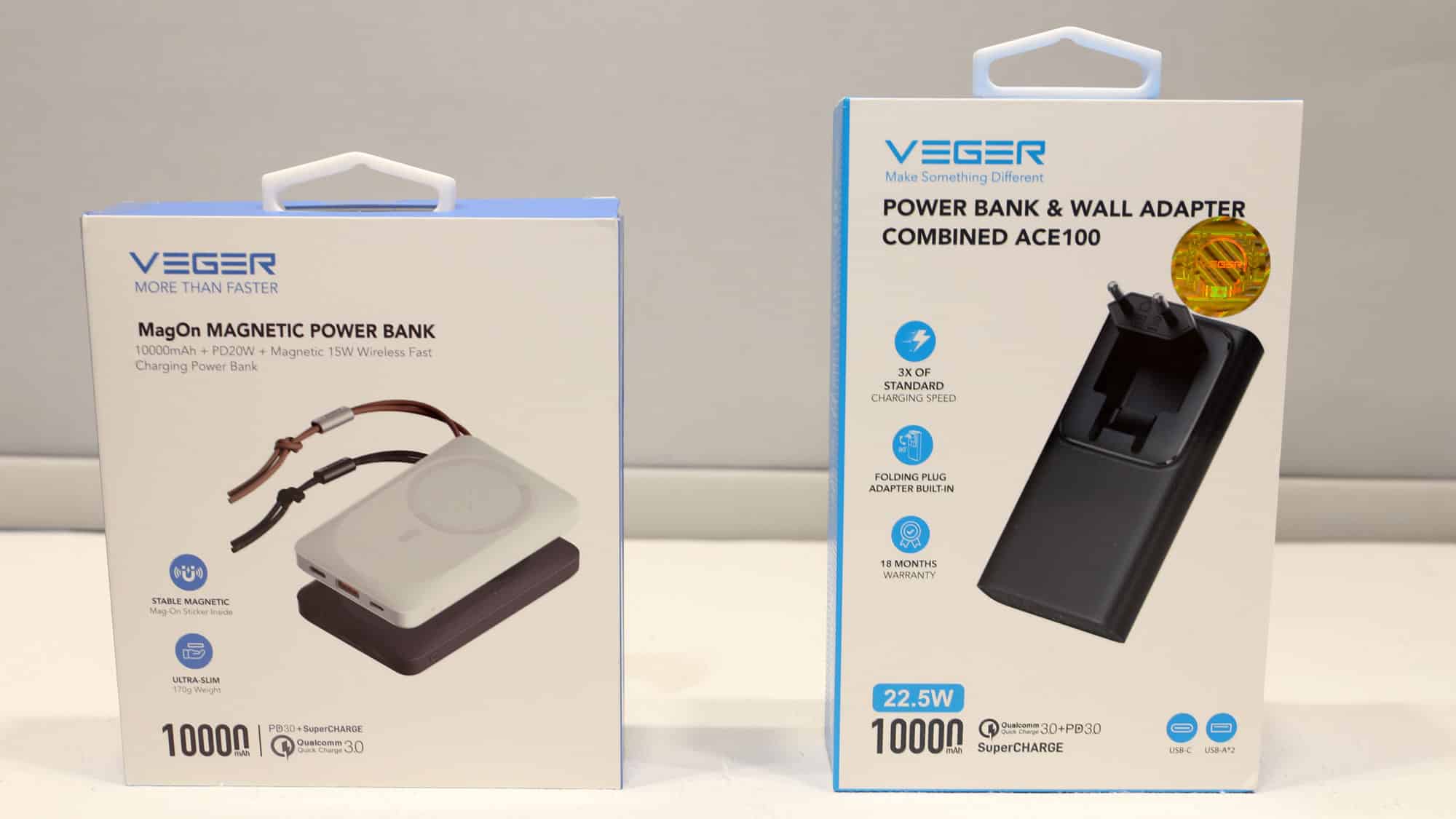


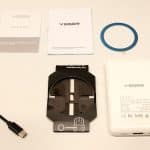
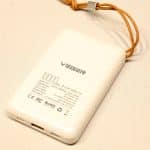
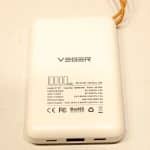
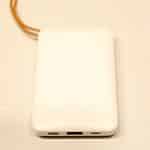


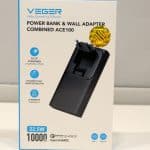
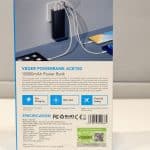

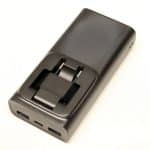
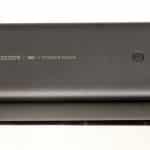

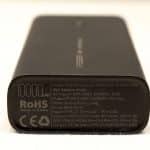
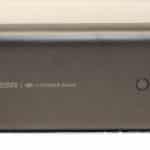
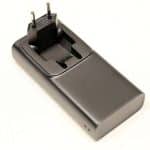

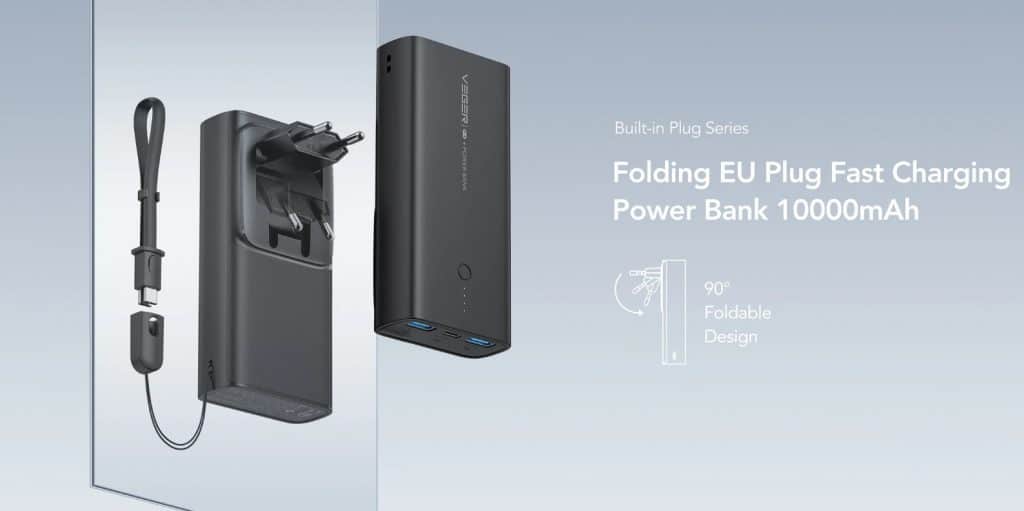
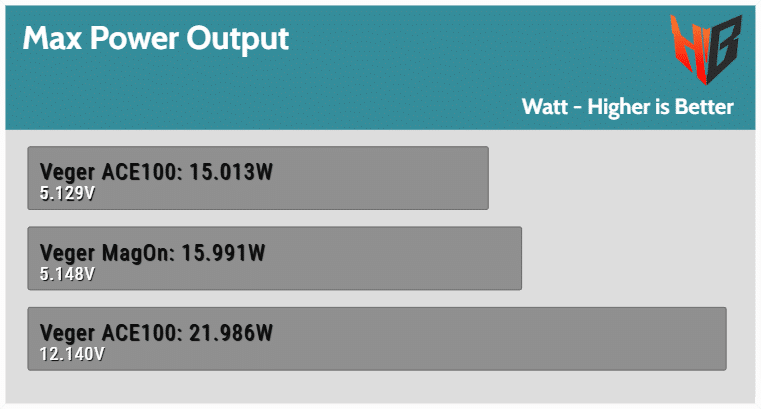

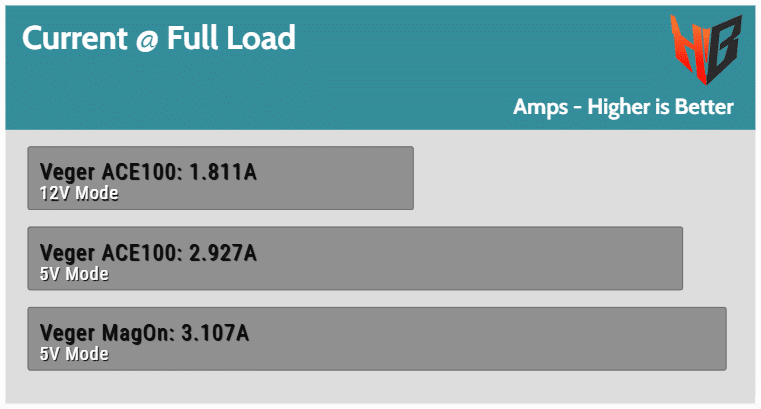
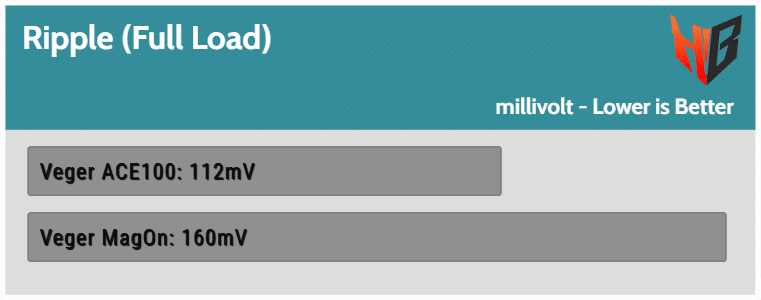
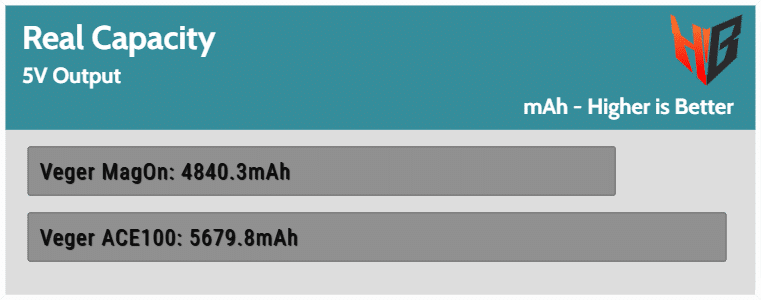
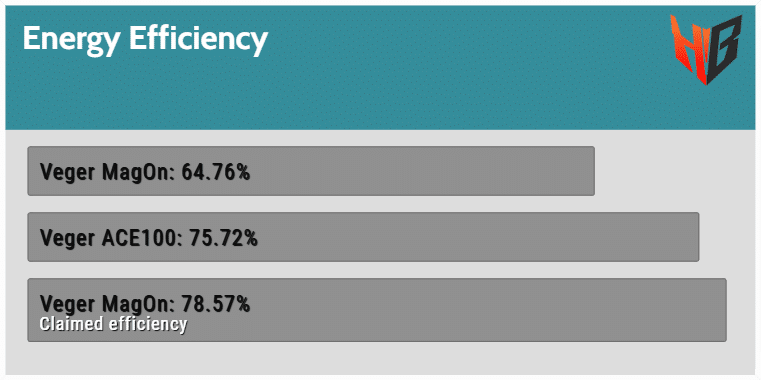




That’s the most accurate powerbank review I could find!